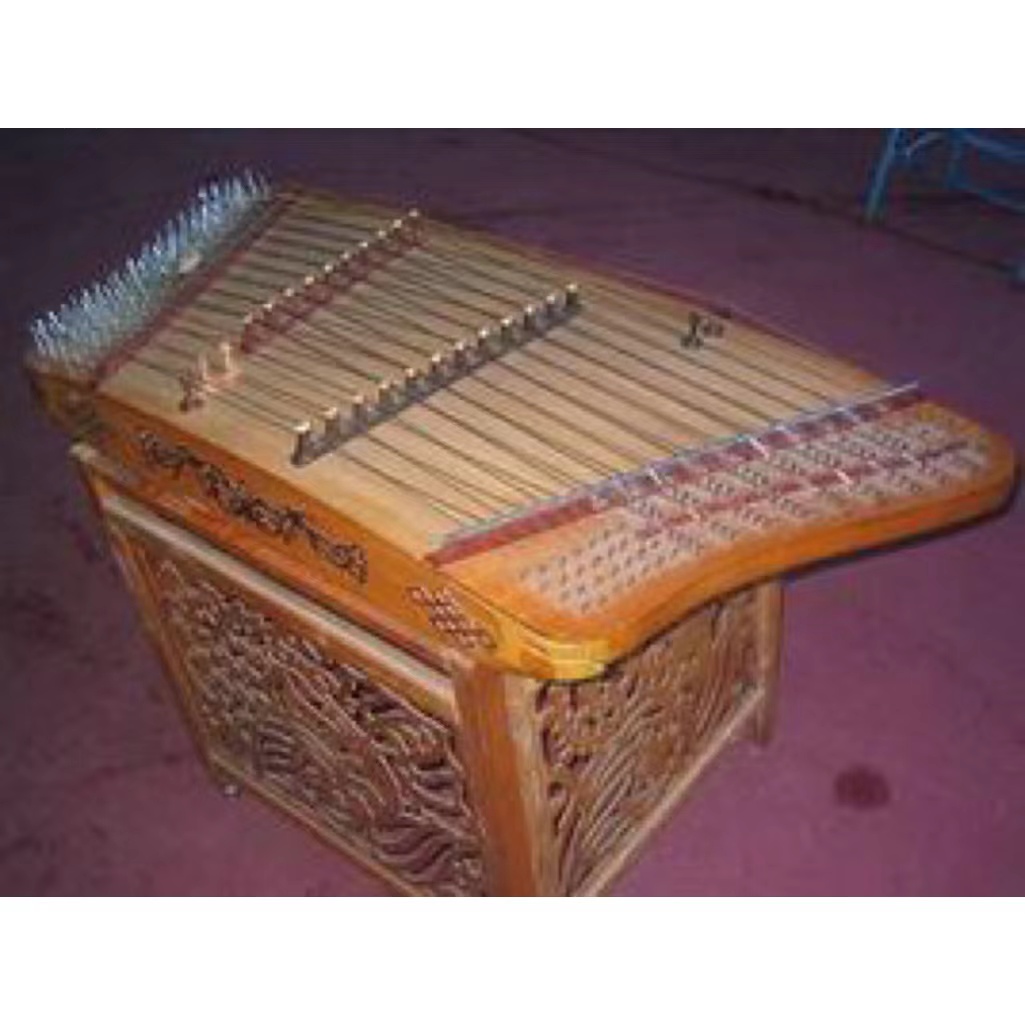Clang overview
 Qi (pinyin: Qiāng) originated from the "Silk Road" that was directly introduced to Xinjiang, which should have been earlier than the end of the Ming Dynasty, and then spread to Hami, eastern Xinjiang at the end of the 18th century.
Qi (pinyin: Qiāng) originated from the "Silk Road" that was directly introduced to Xinjiang, which should have been earlier than the end of the Ming Dynasty, and then spread to Hami, eastern Xinjiang at the end of the 18th century.镪, Uyghur percussion stringed musical instrument. Also translated as Chang. Also known as Xinjiang Yangqin. Popular in Xinjiang Uygur Autonomous Region.
In addition to Xinjiang, there are also kang in Tibetan areas. Popular in larger towns such as Lhasa in Tibet. At the end of the 18th century (the eighth Dalai Lama period), it was brought back to Tibet by the Tibetan official Dengzhe Banjiu from the interior, and it was used in the Nangma, Duixie and the court singing and dancing gar bands successively.
Xinjiang Qiangqin, also known as Xinjiang Yangqin, is the same as the mainland Yangqin.
With the change and development of the times, the qiang has also changed, from the first generation to the second generation. Since then, on the basis of the second generation of qiang, there has been an increase in the body, the widening of the string spacing, and the maintenance of two rows of horses. Reform Qiang, the pronunciation is both crisp and loud.
- Chinese name:Clang
- alias:Chang, Xinjiang dulcimer
- popular area:Xinjiang Uygur Autonomous Region
- origin time:China Ming Dynasty
overview of other similar instruments
- sanyanxiao overview
- Daguangxian overview
- Leiqin overview
- hahao overview
- yandundagu overview
- Han Xiaozheng overview
- Fang Xiang overview
- guanzi overview
- zhuqin (Dao Qin) overview
- zhuiqin overview
- bangzi overview
- three-stringed piano overview
- Gehu overview
- xiao overview
- xiaokonghou overview
- Konghou overview
- Sheng overview
- suona overview
- hulusi overview
- gushao overview
 渝公网安备 50010702504639号
渝公网安备 50010702504639号